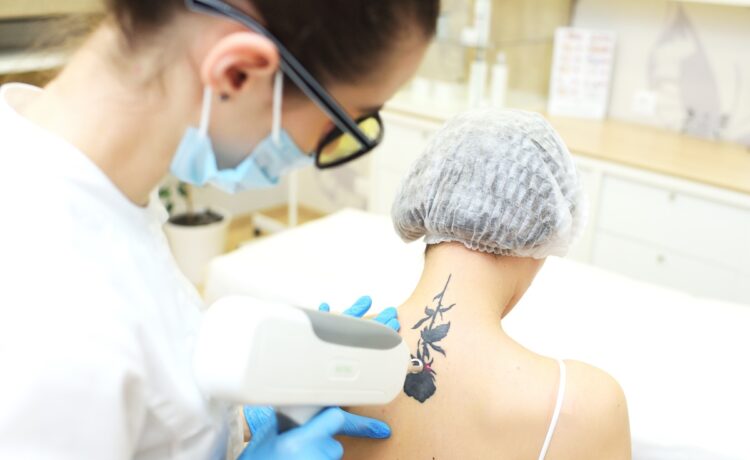Everyone knows that a fresh tattoo can be a statement of self‑expression, but sometimes that statement needs to change. Whether you’re moving on from a youthful mistake, a fading design that no longer resonates, or simply want to switch up your look, laser tattoo removal offers a reliable path to a cleaner canvas. Below is a quick rundown on how it works, what to expect, and why you might want to pick a reputable clinic.
1. The Science Behind the Ink
- How lasers cut the problem – Modern tattoo removal uses a Q‑switched laser that sends short, high‑energy pulses into the skin. The laser’s light is absorbed by the tattoo pigment, breaking it into tiny fragments.
- Body’s natural cleanup – Once the pigment is shattered, your lymphatic system gradually filters out the particles over several weeks to months.
Because the laser specifically targets pigment while sparing surrounding skin, it’s considered a precise treatment with minimal scarring.
2. The Treatment Journey
| Step | What Happens | Typical Timeframe |
|---|---|---|
| Consultation | Medical professional evaluates skin type, tattoo age, and ink color | 15–30 min |
| First Session | Laser pulses applied; you may feel a mild snapping sensation | 30–60 min |
| Between Sessions | The body removes pigment; a rest period of 4–6 weeks is recommended | 4–6 weeks |
| Repeat Sessions | Most patients need 6–12 sessions for near‑complete fade | 6–12 sessions, depending on tattoo size and density |
The number of sessions required can vary dramatically. Darker inks (black, navy) generally fade faster than lighter shades (pastels, neon).
3. What to Expect After the Laser
- Redness & swelling – Comparable to a mild sunburn, lasting a few hours to a couple of days.
- Peeling – As the skin renews, the area may flake. Protect the site with a thin, breathable bandage if recommended.
- Temporary dark spots – A darker patch can appear and gradually lighten; this usually resolves within a few months.
If you notice unusual or persistent symptoms, contact your practitioner right away. Short‑term side effects are normal, while long‑term complications are exceedingly rare at certified centers.
4. Choosing the Right Clinic
Because laser technology is sophisticated, you want a provider who stays current. Look for:
- Certification – A dermatologist or experienced aesthetician.
- Latest equipment – Q‑switched Nd:YAG or Picosecond lasers are the gold standard.
- Positive reviews – Patient testimonials can illustrate real outcomes.
If you’re in the Sydney area and searching for a reliable option, you might search for the best laser tattoo removal melbourne, a phrase that often points to clinics with proven success.
5. Cost and Value
Affordable? It depends. In Australia, a single session can range from AUD 200 to AUD 400. Total cost depends on the number of sessions needed and the provider’s rates. Many clinics offer package deals that can cut overall expenses by 10–15 %. Always ask for a detailed estimate before committing.
Final Thoughts
Laser tattoo removal is a game‑changer for anyone wanting to erase or soften a design. It’s a minimally invasive, scientifically backed method that offers predictable results over a relatively short time frame. By researching a reputable clinic, understanding the process, and being prepared for a few weeks of post‑treatment care, you can confidently say “goodbye” to an old design and “hello” to a fresh start.





